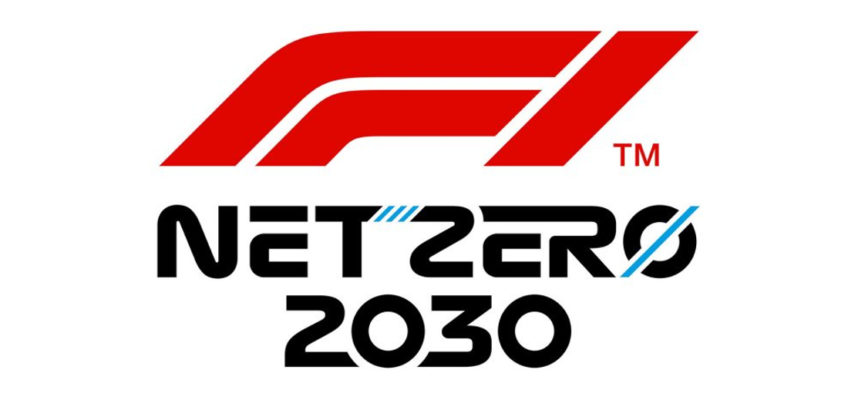In an effort to give greater visibility to this new environmental drive, the FIA has released a new branding strategy and logo: Net Zero 2030.
If everything goes to plan, Formula One will be five years ahead of the coming into force of the ban on the sale of combustion engine cars by the European Union in 2035.
Among the measures included in the plan for a greener F1, is the introduction of a 100% sustainable e-fuel by 2026. This multipurpose fuel could also be used by road cars, leading to a much greater environmental impact.
The project is being carried out by Saudi Arabian oil company, and F1 sponsor, Aramco, in collaboration with F1 engine manufacturers and their associated oil companies.
Considering that the emissions by the cars themselves only constitute 1% of the total generated by the whole Formula One operation, managers are making a special emphasis on tackling the main pollution culprits: the logistics.
https://twitter.com/F1/status/1541345600058167296
A regional calendar
To begin with, they are planning to regionalize and streamline the race calendar in order to avoid the all too usual and senseless ‘jumps’ from one continent to another.
Examples of this are the stopover in Miami between Ímola and Barcelona or the trips to Azerbaijan and Canada before going back to Great Britain. That change only, and its reduction in air travel, will considerably reduce the carbon footprint of the whole operation.
The FIA’s cargo containers will be redesigned to allow for an increase in the capacity of the planes used to take all the material to the different locations thus reducing the number of flights.
https://twitter.com/F1/status/1541350623643320320
A sustainable guide for promoters
Furthermore, in order to make each Grands Prix more sustainable, promoters will receive a support guide. This will contain guidelines on good waste management practices throughout the competition weekend, as well as on how to rationalize energy consumption as much as possible.
The guide will also include advice on the most efficient modes of transport and the movement of spectators to and from the venue. Once implemented, this set of measures will be consistently examined and the degree of compliance and effectiveness evaluated.
Also, remote work will be encouraged, when possible, with videoconferences replacing face-to-face meetings to cut the travel environmental bill of technical personnel.
Finally, the FIA has reminded us that its offices already run solely on renewable energy and that they are hoping to extend this practice to their television broadcast system. This was already achieved at the British GP in 2021, and will also be true in the 2022 edition this weekend at Silverstone.
Images of Formula One: Formula One. com.





Leave a Reply